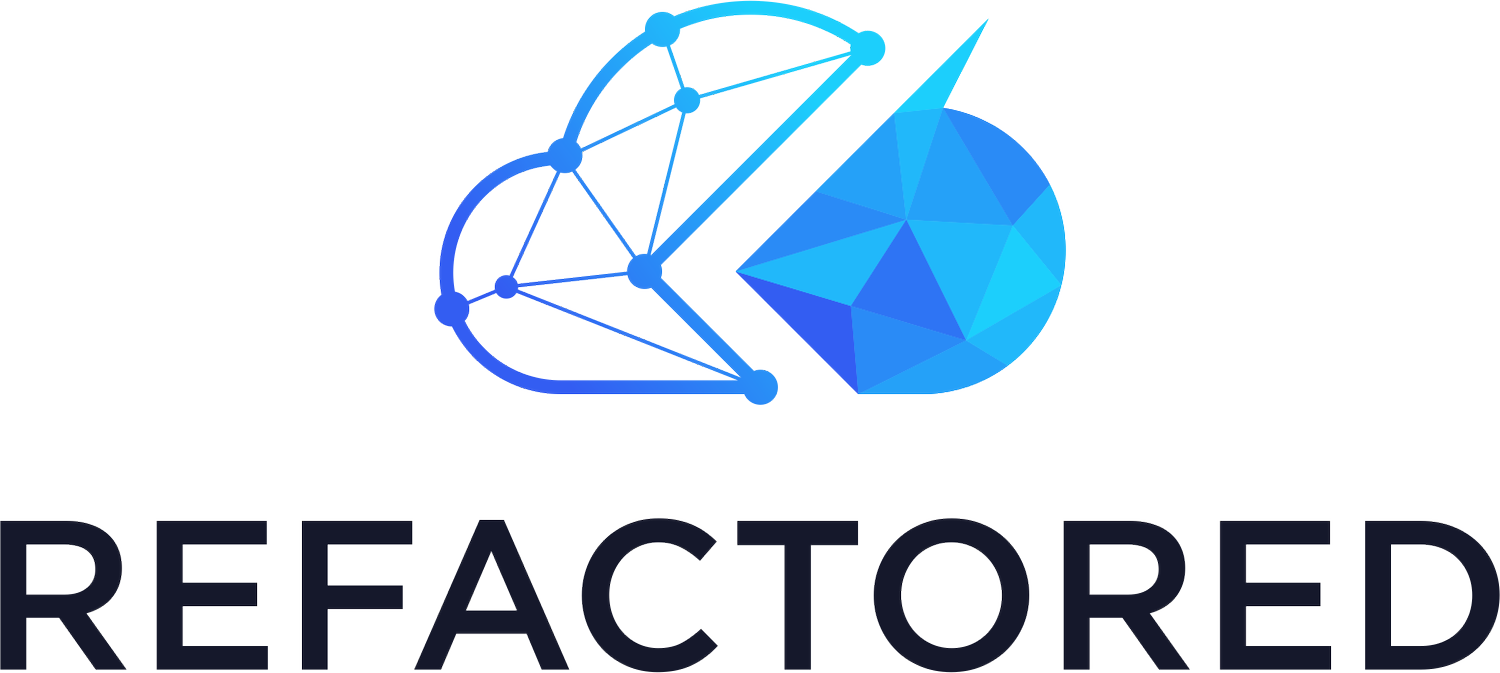AZ900 – The Internet of Things and Associated Services
During the AZ900 series we I have been looking at the core services offered by Azure. We will continue the series by looking at the Internet of Things (IoT) services Microsoft provides on the Azure platform.
The Internet of Things is a term used to describe the network of devices with internet connected sensors, these sensors collect and relay data for analysis. Microsoft provides services within Azure that can collect this data and aggregate it to produce meaningful reports.
The sensors transmit the data via messages to Azure, where managed services like Azure IoT Hub can be used to monitor and manage the IoT devices. Azure IoT Hub
Azure IoT Hub
Azure IoT Hub is a central message hub that can be used for bi-directional communication between your applications and devices. Azure IoT Hub allows for communication from device to cloud, messages received from devices are then routed to other Azure services for processing. Communication from the cloud to devices is also allowed meaning you have remote control of the connected devices.
Azure IoT Central
Azure IoT Central provides a UI (user interface) that sits on top of Azure IoT Hub which provides a visual interface to control, maintain and manage your IoT devices. You can have access to a variety of starter templates covering common scenarios that can be customised to fit your own requirements to produce dashboards, reports and alerts specific to the data your devices are sending to Azure.
Azure Sphere
Azure Sphere creates a highly secure IoT security solution which includes hardware, operating system and process for sending secure messages from the devices to the message hub.
Azure Sphere includes a micro-controller unit (MCU) which is responsible for processing the OS and signals from the attached sensors. The MCU uses a customized version of Linux to handle communication between Azure and the device.
Azure Sphere Security Service (AS3) ensures devices have not been compromised, devices authenticate to Azure via certificate-based authentication, if successful AS3 then checks for tampering. If the authenticity of the device is cleared a secure communication channel is the established for OS or software updates to be pushed to the device. At this point the device can interact with other Azure IoT services too.
Summary
In this post we have discussed various services Azure offers to use in conjunction with your IoT Devices, if device integrity and security is important to your service then Azure Sphere can be used to provide device validation and secure messaging. Azure IoT Central can provide you with dashboards and alerts based on templates ideal for use within the Azure UI. If you just need a service to manage and route IoT device messages then Azure IoT Hub would be the service to use.
— Matt Boyd



